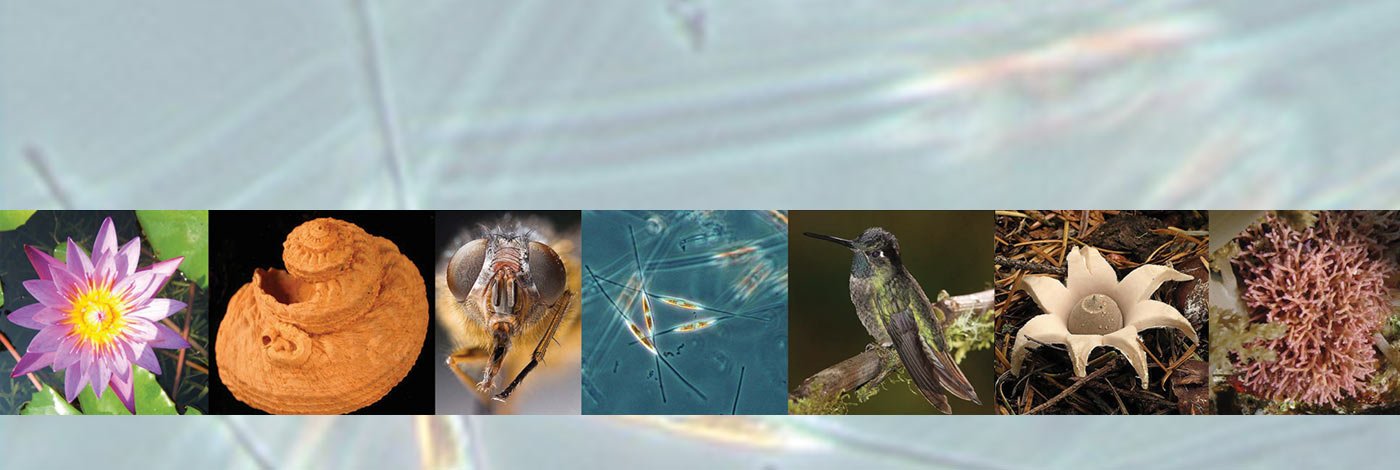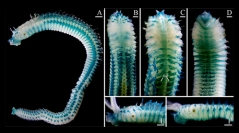

 European Journal of Taxonomy
773 (120) - Pages 120-168
European Journal of Taxonomy
773 (120) - Pages 120-168Seven species of Pseudopolydora are described and illustrated from the Arabian Gulf, Kuwait: P. achaeta Radashevsky & Hsieh, 2000, P. antennata (Claparède, 1868), P. arabica Radashevsky & Al-Kandari, 2020, P. auha sp. nov., P. kuwaiti sp. nov., P. melanopalpa sp. nov., and P. multispinosa sp. nov. The morphology of the developed planktonic larvae is described for P. antennata and P. kuwaiti sp. nov. Adults of all species live in tubes in soft sediments, while adults of P. kuwaiti sp. nov. also bore in shells of gastropods and dead corals encrusted by coralline algae. Pseudopolydora antennata and P. arabica form dense settlements up to 50 000 individuals per 1 m2, while other species are comparatively rare. The phylogenetic relationships between the examined species and other Pseudopolydora (18 species in total) were assessed in an analysis of sequence data of four gene fragments: mitochondrial 16S rDNA, nuclear 18S rDNA and 28S rDNA, and Histone 3 (2473 bp in total). Three species complexes are distinguished involving P. antennata, P. diopatra Hsieh, 1992 and P. paucibranchiata (Okuda, 1937). Sets of adult morphological features shared by species of each complex and an identification key to Pseudopolydora species from the Arabian Gulf are provided.
Polychaete, systematics, reproduction, larval development, molecular analysis